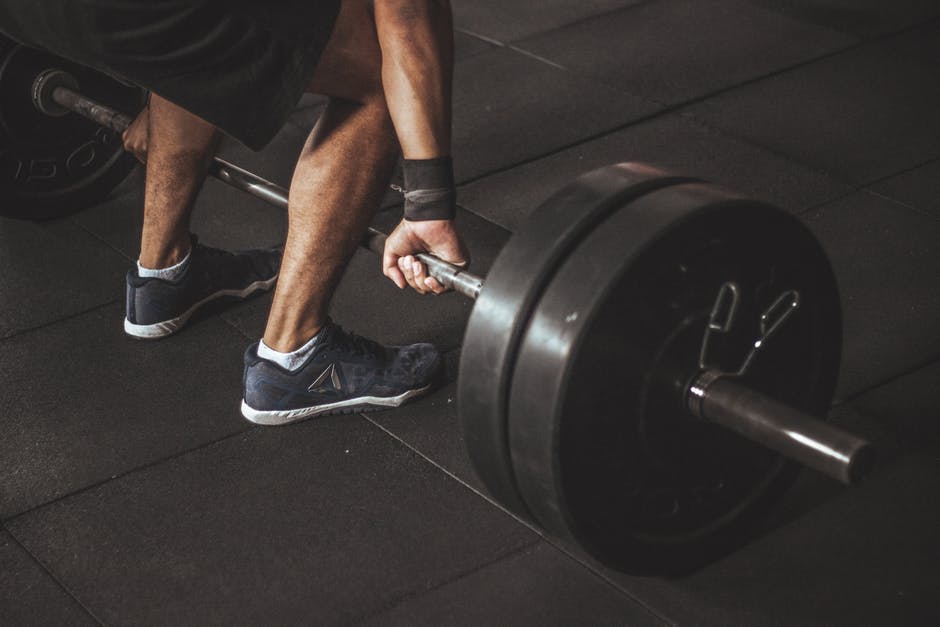I’ve seen a lot over the years about how to coach pitchers while they are on the mound. Depending upon their delivery style, pitchers will get their sign, move their feet under their hips and become motionless (this is called getting “set”), lift the stride knee into the air, take a large step towards home plate as they form an “L” with their arms, then lean forward as they release the ball. The stride and lean forward are critical to the pitcher transferring force from their legs to their upper body and eventually the ball.
There is a school of thought that says that pitchers should be coached to push against the mound while stepping forward. However, there is another school of thought that says that this is a terrible coaching cue as it forces pitchers to rush the delivery and can get them off balance. Instead, pitchers should be coached to pull themselves over that front leg when pitching.
McNally et al, in the October 2015 issues of the Journal of Strength and Conditioning Research conducted a study on former collegiate and high school baseball players (at the time of the study the subjects averaged at 24 years of age) to look at the role of ground reaction forces in the predicting of wrist velocity in pitching.
They examined a group of former baseball players, having them throw 15 pitches each from a lab pitcher’s mound. The ground reaction forces and wrist velocities were analyzed.
The authors found no statistical relationship between the ground reaction forces of the drive leg and peak wrist velocity. The authors did find a strong correlation between the ground reaction forces of the stride leg and wrist velocities while the athlete was making their L and while delivering the ball. In fact, the posterior ground direction forces were most predictive of wrist velocity.
What does this mean? It suggests the importance of emphasizing the action of the stride leg in pitching. In other words, emphasizing “pulling yourself over the front leg” when pitching the ball. Not only does this help transfer the forces from the legs to the ball, but it also helps with the follow through after delivering the ball – ensuring a more accurate pitch.
Now, it needs to be pointed out that of the 17 subjects, only 6 had been primarily pitchers. In addition, there are other limitations. First, only fastballs were studied. These results may not apply to other types of pitches. Second, keep in mind that everything is different in a game situation. Third, it’s unclear how fatigue will impact these results – there’s a big difference between 15 pitches in the lab and 30-40 for warm-up and maybe another 60-100 in a game. Finally, the authors studied wrist velocity and not ball velocity – it’s not clear if they are comparable.
McNally, M.P., Borstad, J.D., Onate, J.A., and A.M.W. Chaudhari. (2015). Stride leg ground reaction forces predict throwing velocity in adult recreational baseball pitchers. Journal of Strength and Conditioning Research, 29(10), 2708-2715.



